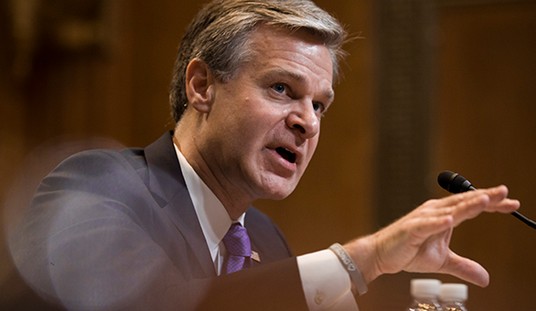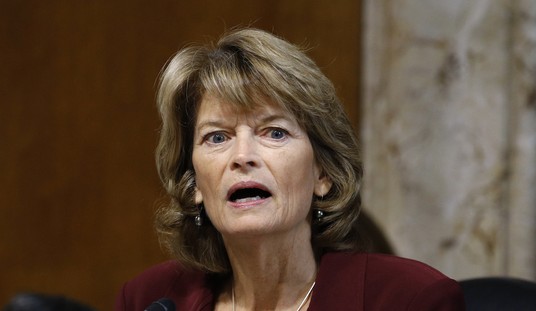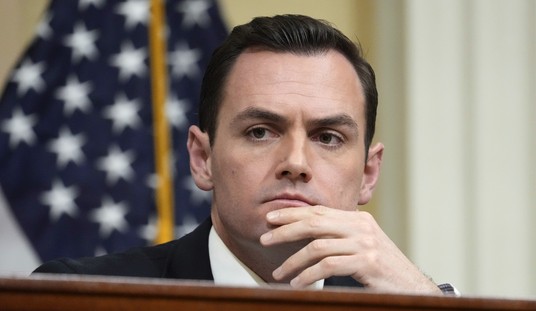A viral video of a starving polar bear published by National Geographic last December was promoted as an example of the impact climate change was having on wildlife. The clip may have been seen by a third of the world’s population, up to 2.5 billion people. Nat Geo’s YouTube clip alone has been viewed 1.5 billion times. But in its most recent issue, the magazine admits it can’t actually corroborate a direct connection between the dying bear and climate change. Here’s the Editor’s Note published by Nat Geo:
National Geographic went too far in drawing a definitive connection between climate change and a particular starving polar bear in the opening caption of our December 2017 video about the animal. We said, “This is what climate change looks like.” While science has established that there is a strong connection between melting sea ice and polar bears dying off, there is no way to know for certain why this bear was on the verge of death. Above is an updated version of the video.
The two scientists who shot the video say they were surprised that so many people took the video literally. I’m not sure I really buy this explanation but here’s their take:
Photographer Paul Nicklen and I are on a mission to capture images that communicate the urgency of climate change. Documenting its effects on wildlife hasn’t been easy. With this image, we thought we had found a way to help people imagine what the future of climate change might look like. We were, perhaps, naive. The picture went viral—and people took it literally…
When Paul posted the video on Instagram, he wrote, “This is what starvation looks like.” He pointed out that scientists suspect polar bears will be driven to extinction in the next century. He wondered whether the global population of 25,000 polar bears would die the way this bear was dying. He urged people to do everything they could to reduce their carbon footprint and prevent this from happening. But he did not say that this particular bear was killed by climate change.
We had sent a “gut-wrenching” image out into the world. We probably shouldn’t have been surprised that people didn’t pick up on the nuances we tried to send with it. Yet we were shocked by the response. Many people expressed gratitude that we’d shined a light on climate change, but others angrily asked why we had not fed the bear or covered him with blankets or taken him to a vet—none of which would have saved him. Those responses revealed how disconnected people are from wildlife, ecology, and even geography. And then there were those who are still bent on maintaining the dangerous status quo by denying the existence of climate change. We became to them yet another example of environmentalist exaggeration.
First of all, how can they be surprised people took this literally when Nat Geo literally told viewers this was “what climate change looks like.” Nicklen’s initial post may not have attributed the bear’s death directly to climate change but that was certainly the implication when he connected this image to a request that people reduce their carbon footprint. If he really didn’t want people to take this quite so literally, he would have needed to say so explicitly, rather than leave people to fill in the gaps themselves.
Second, the people who filmed/photographed this are marine scientists but they weren’t doing science when the covered this. They go into a bit more detail in this story from March about their goals:
“We’re all scared of climate change,” says Mittermeier. “We’re angry at the lack of activity around solving this global problem, and I think the bear represented how we all feel about this issue.”
Here’s a bit more from another story in January:
PN: My realization after this was that we need to get the world talking, and science is obviously not doing that. Science is the foundation, but we need the emotional connection. I knew it was going to hit people in their heart and elicit a response.
CM: Since the beginning of time, humans have passed on information and knowledge through storytelling. We are hard-wired for stories. We all love it. I think the place where we’ve failed in the conservation movement is we’ve focused a lot on the science, and I don’t think we communicated on the same scale the urgency of what was happening.
So this was always meant to be storytelling, not science, but now they regret not being more accurate? I think they got exactly what they wanted: a viral story about climate change. One aspect of this I haven’t seen discussed is the economics of it. This video was eventually seen by 2.5 billion people. It was on television and in news stories around the world. Who benefitted financially from all of those views. Could that be one reason it took so many months to state clearly that the description went too far?
Here’s the clip seen around the world.








Join the conversation as a VIP Member